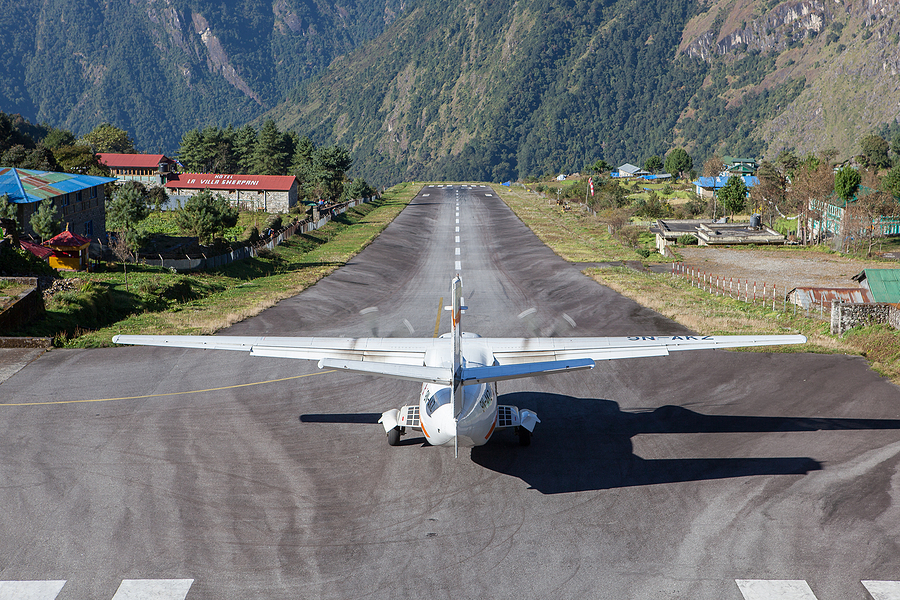The road to Basic Med was paved by the advent of the Sport Pilot license and the subsequent lack of FAA medical requirements; only a valid driver’s license was required [1]. You see, up until that point, a pilot of a powered aircraft was required to have an FAA medical certification.
The Sport Pilot license placed significant limitations on what a Sport Pilot could, and could not, do. Specifically, Sport Pilots were restricted to two place aircraft, under 10,000 feet, VFR only, not to exceed 120 knots, prohibited from Class B or night flying without advanced training, and could not fly for hire.
In 2011 the EAA and AOPA began to petition the FAA for a similar driver’s license medical to essentially replace the third-class FAA medical. AOPA’s main proposition was based on the lack of medical incapacitation events for Sport Pilots. Initially this expanded driver’s license medical would essentially be limited to four places, non-complex, aircraft [2]. The goal was to allow for access to more types of aircraft already in the used market. And the thinking was that clearly, pilots knew when they were safe to fly.
Unfortunately, the FAA was non-responsive to the petitions. AOPA and the EAA, after having spent about two years working with the FAA, eventually turned to congress for aid [3]. After all, congress writes the FARs.
On July 15, 2016, congress passed the law that became known as Basic Med [4]. And the EAA and AOPA got more than they asked for. Basic Med allowed for up to six place aircraft, up to 18,000 ft, IFR or VFR, not to exceed 250 knots and could not fly for hire [4].
There are, of course, some additional caveats to Basic Med:
You must have held a valid FAA medical after July 14, 2006. If you have not had one since that time then you must get a one-time FAA medical from an authorized Aviation Medical Examiner. If your “most recent FAA medical certificate was revoked, suspended, or withdrawn or whose most recent application for a medical certificate was denied5” then you will need a new one before you can use Basic Med.
You will need to fill out the forms and then visit a physician who is willing to sign off on them.
You will need to complete an online training course.
Once qualified you will need to complete an online self-assessment every two years and visit a physician every four years for the paperwork to be signed.
Once the law was passed, the FAA was given until May 1, 2017, to develop the necessary requirements. According to AOPA, since the advent of Basic Med over four years ago, more than 61,000 pilots have chosen to fly under it.
In a few weeks we will bring you Part 2: Should you use Basic Med?
Also see, FAA Medical Standards Archives – Wingman Med
References:





